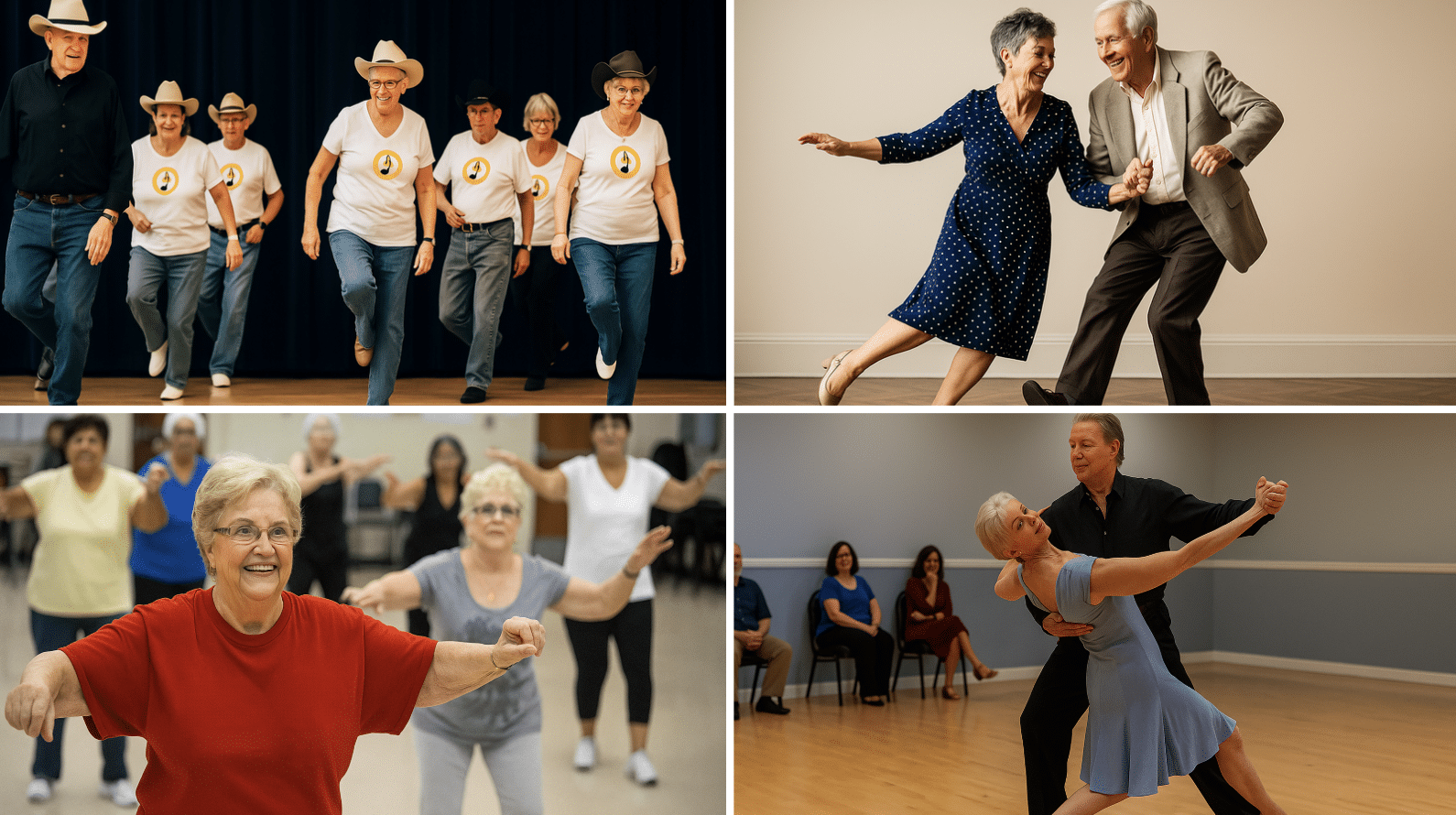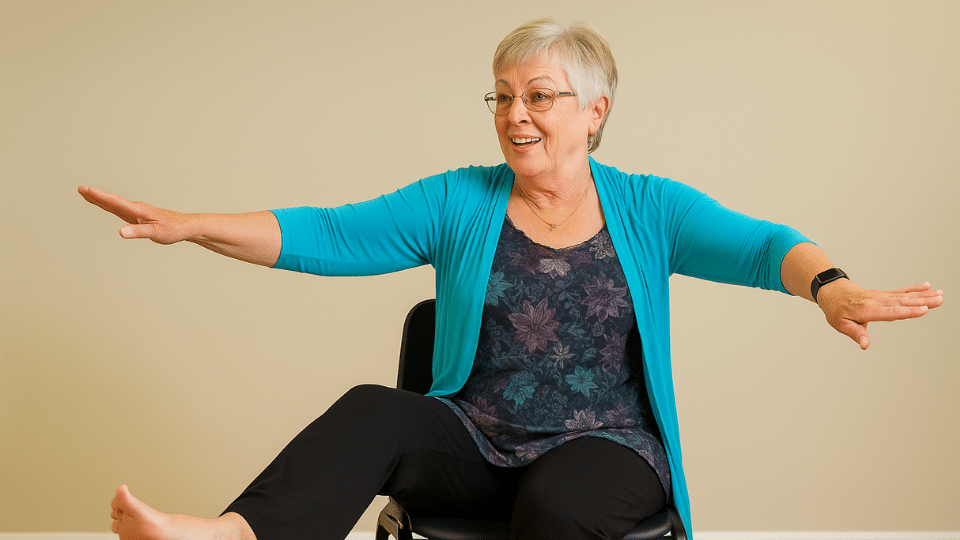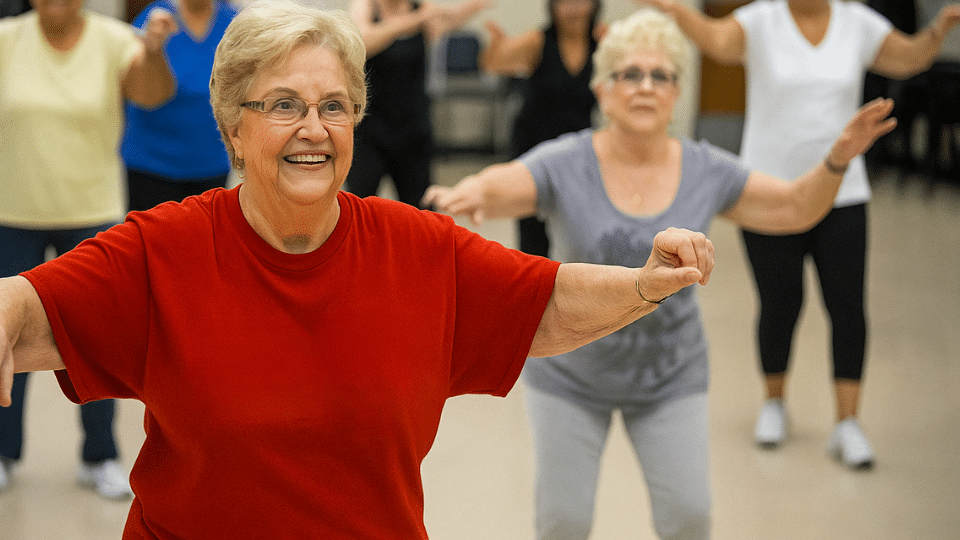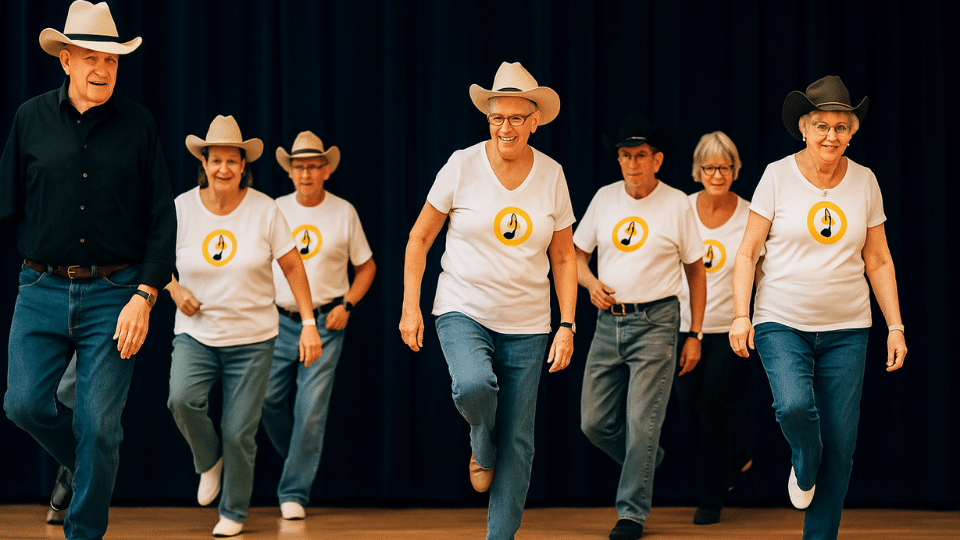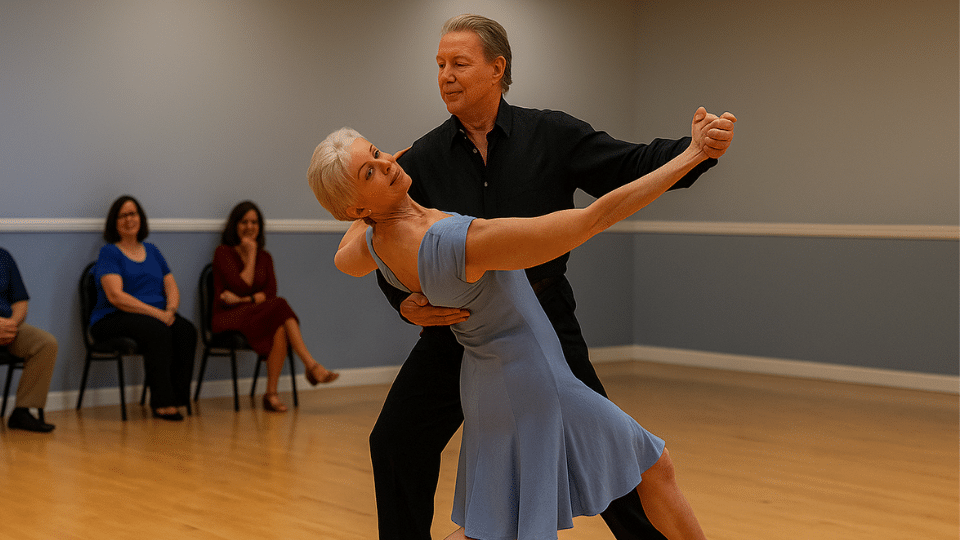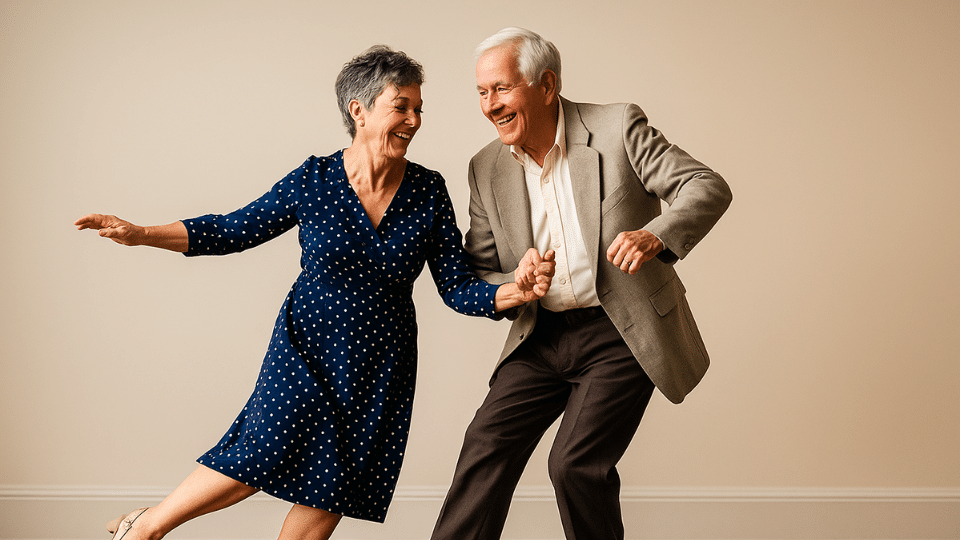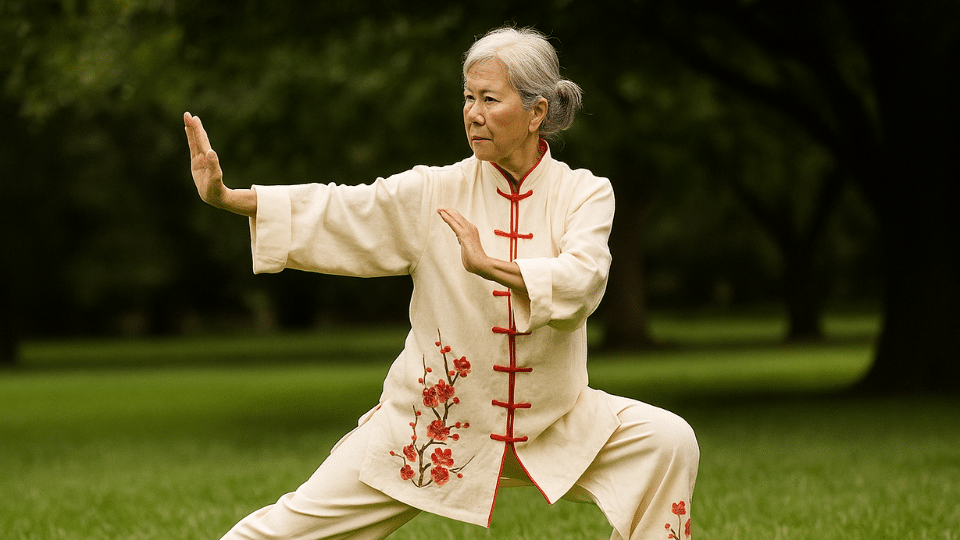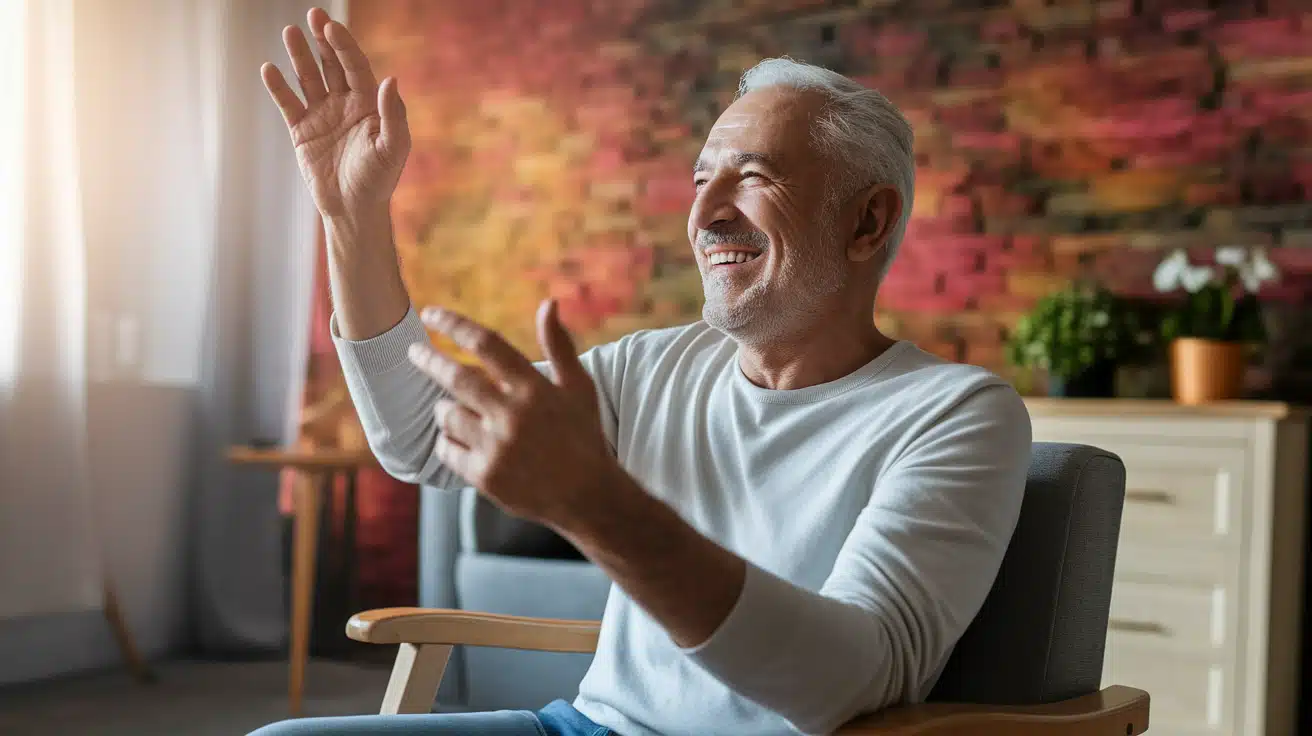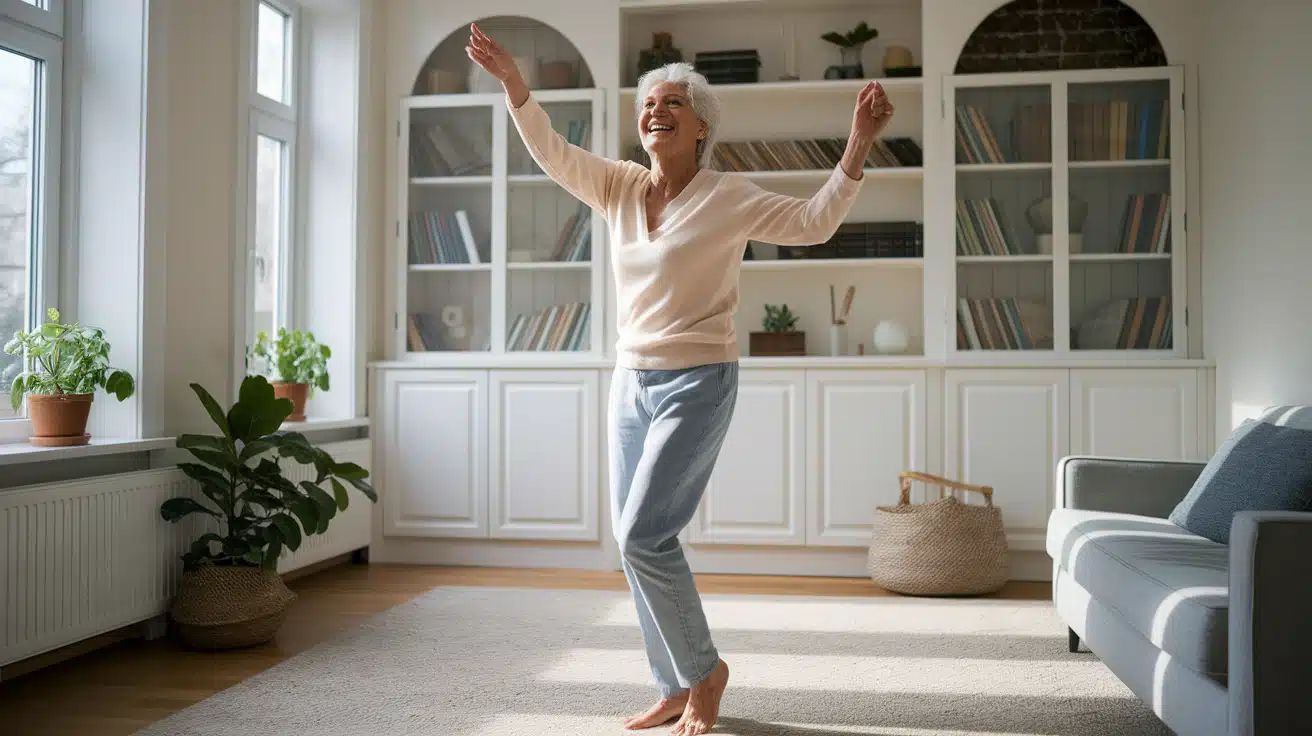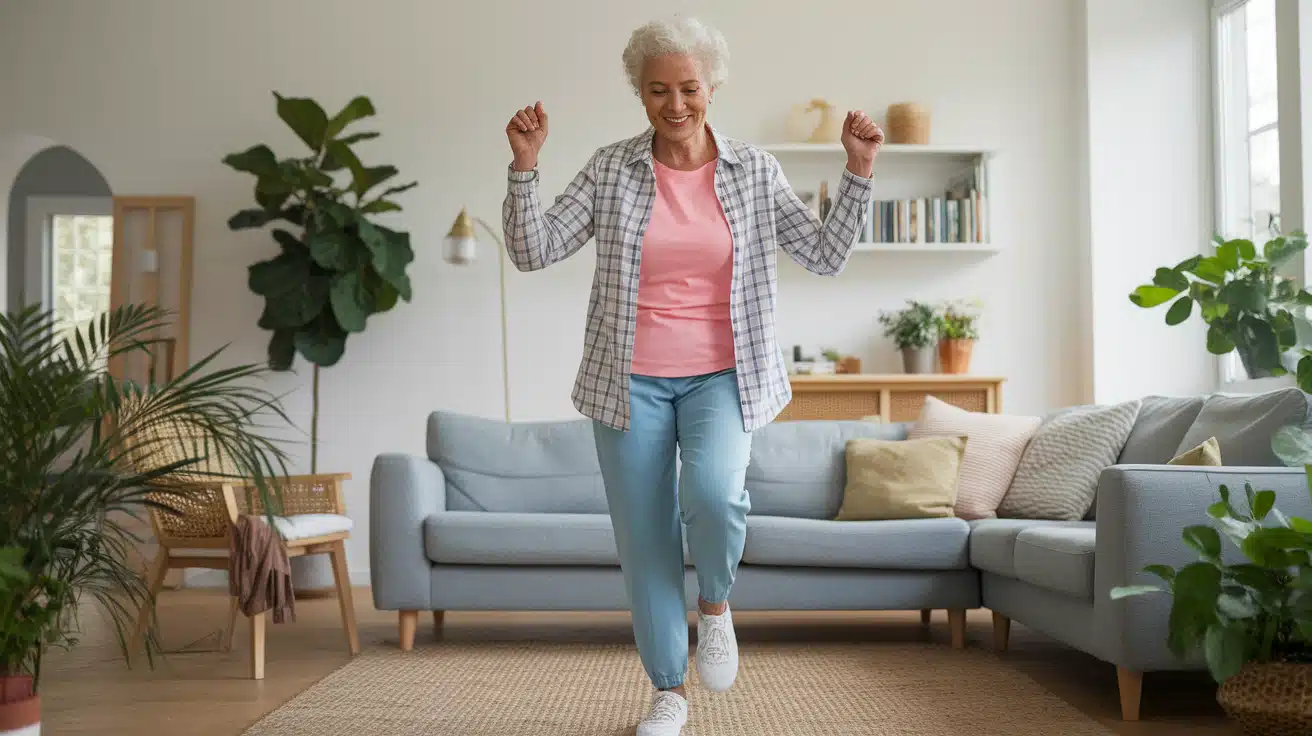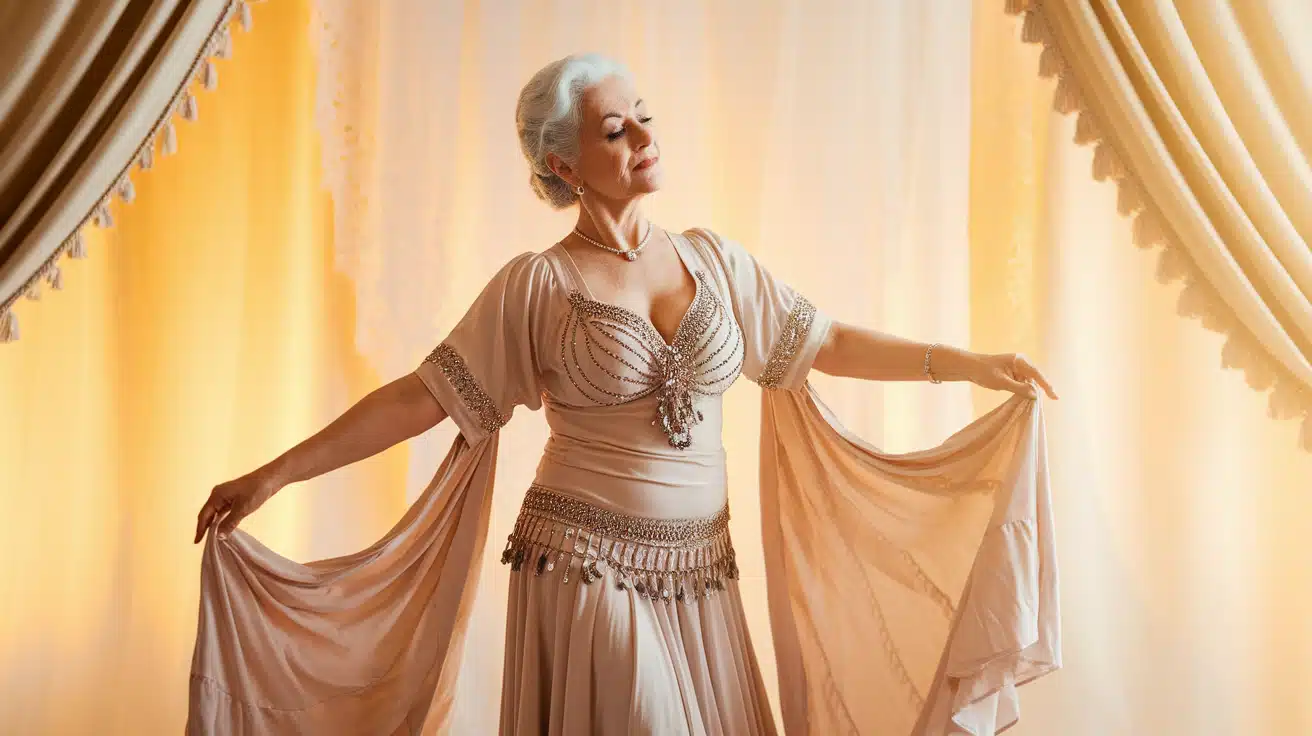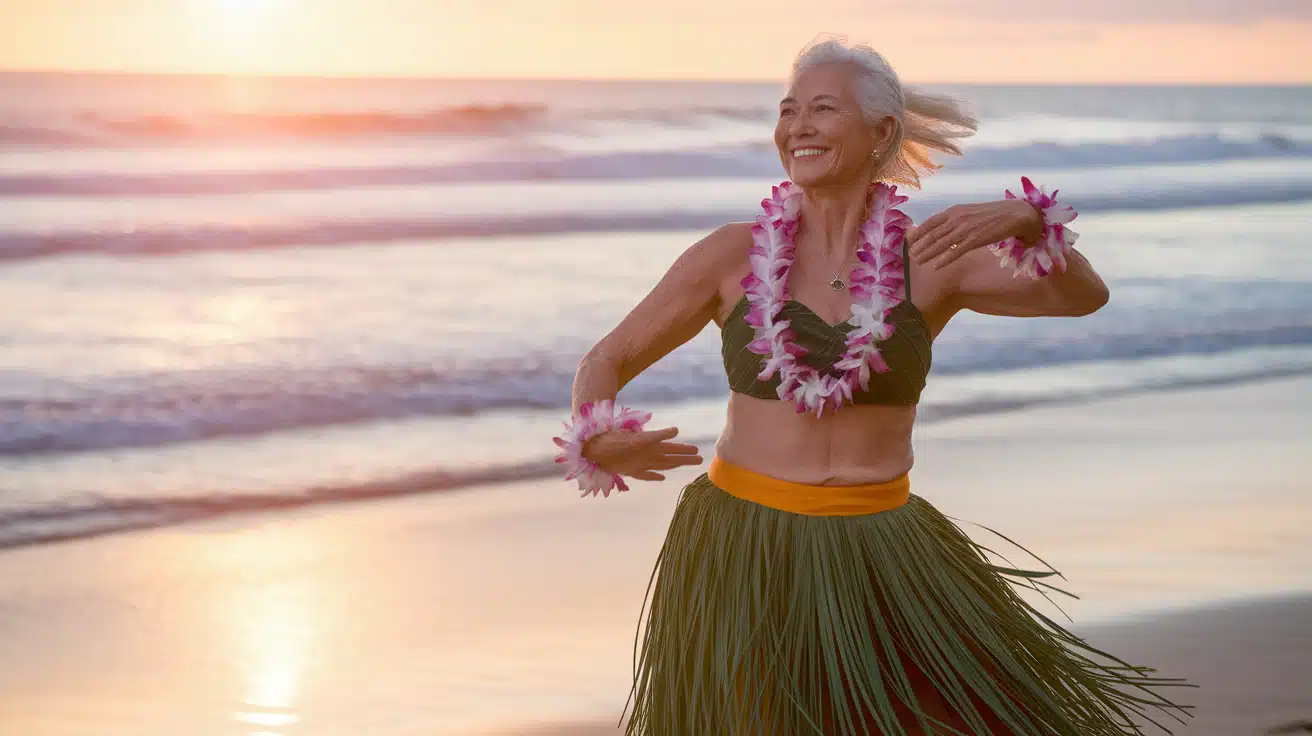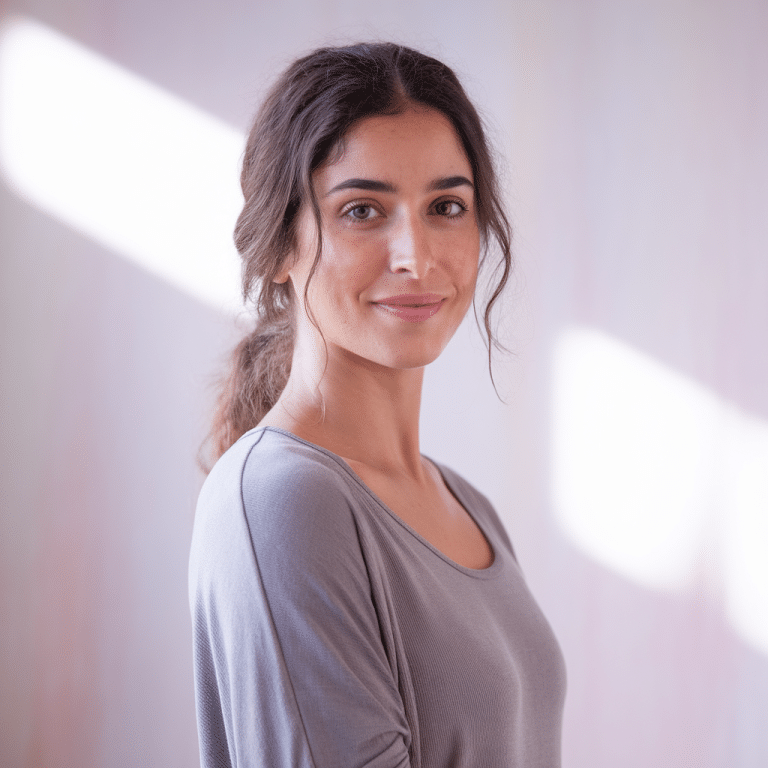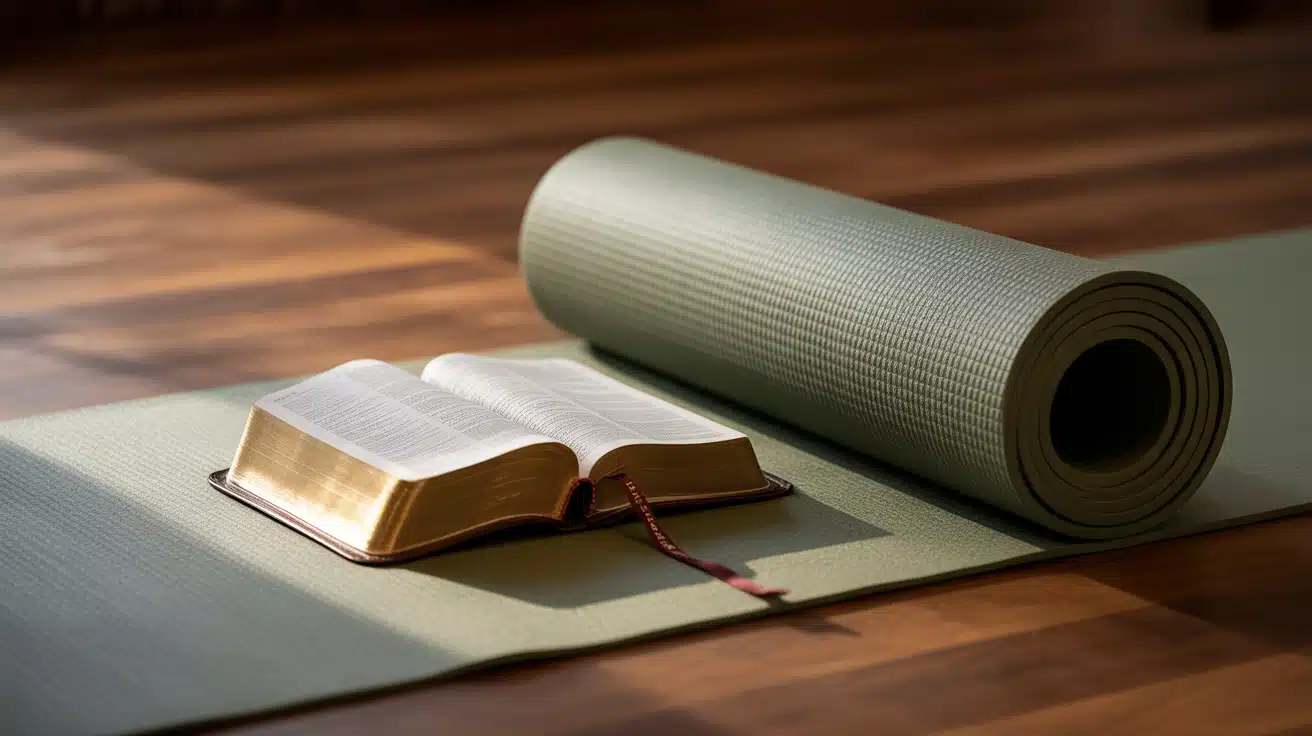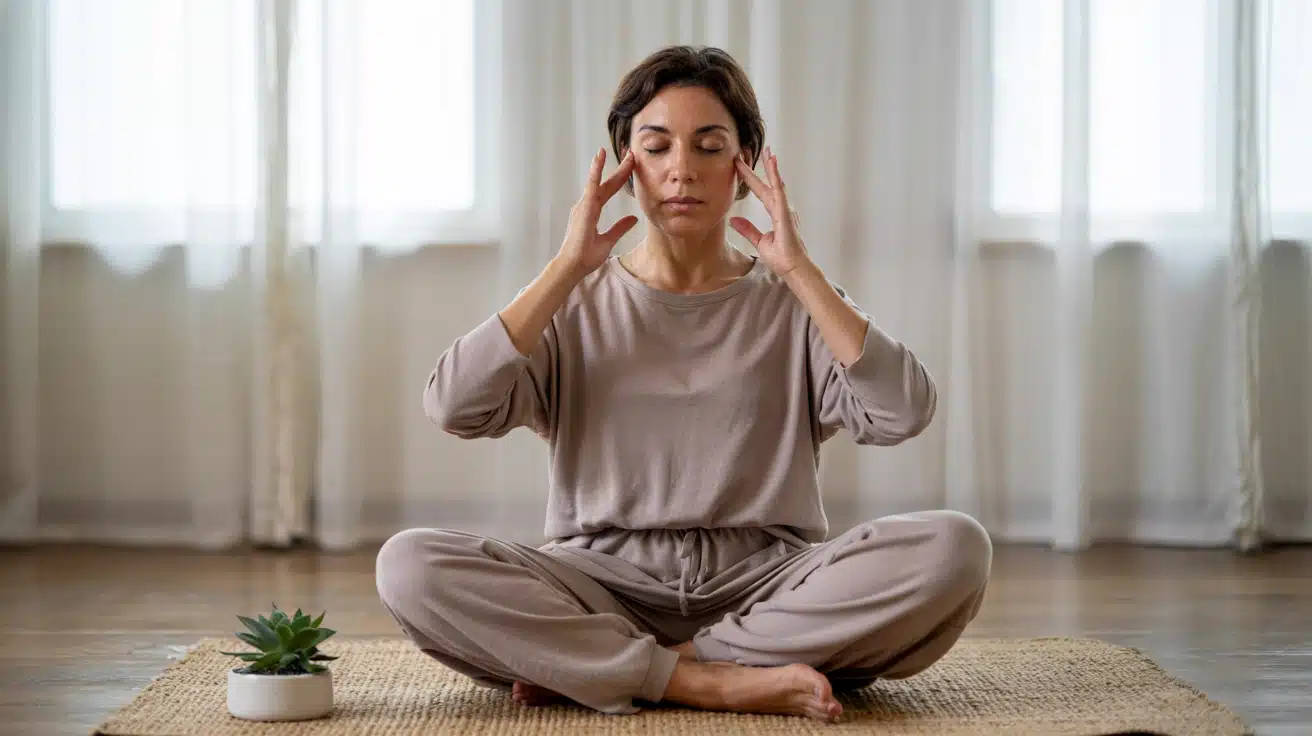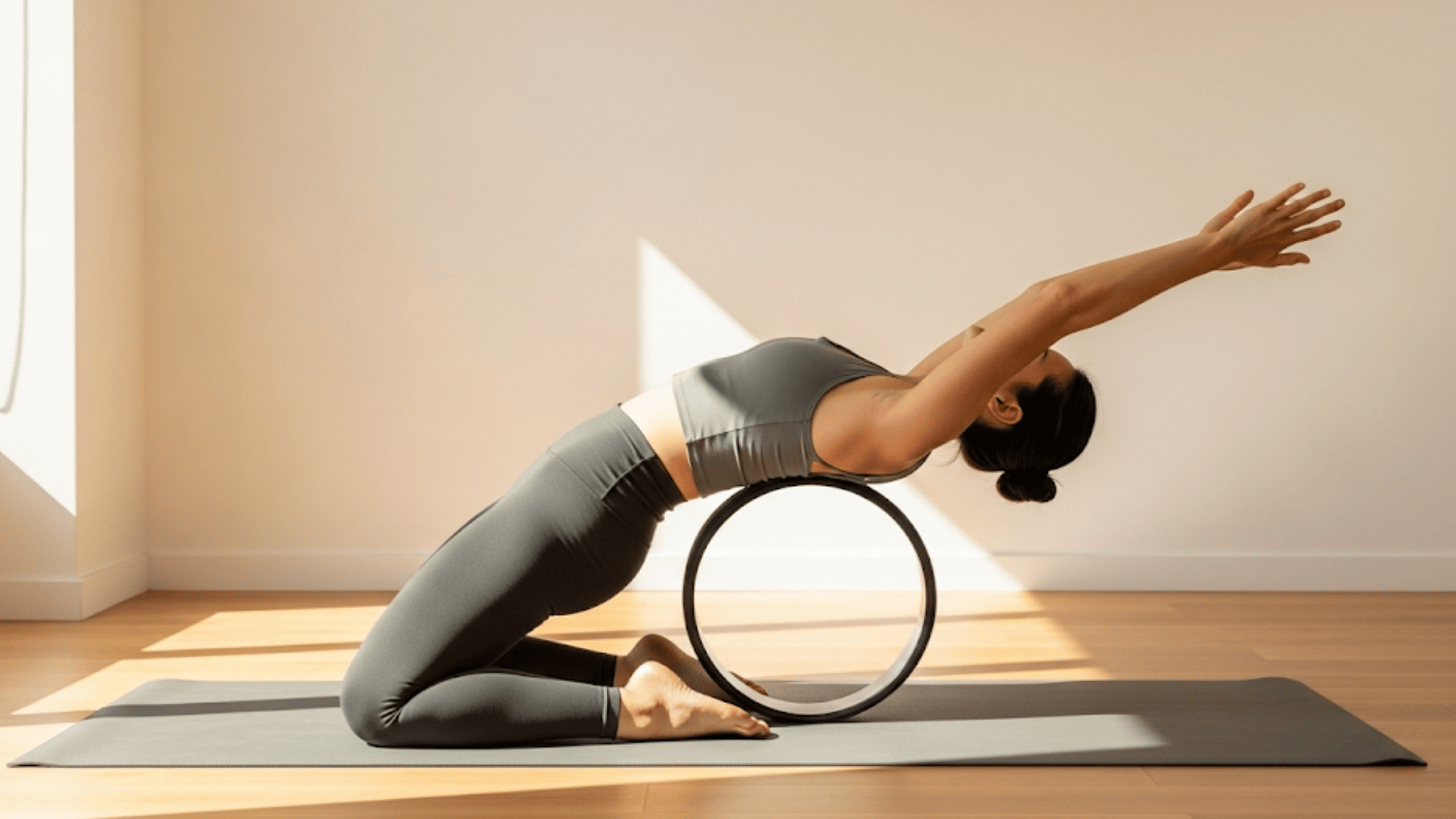Does the thought of traditional exercise make you groan? You’re not alone. Many seniors feel intimidated by gym routines or high-impact workouts.
But what if I tell you there’s a way to stay fit that feels more like a party than a workout? Dance exercises offer something regular fitness routines can’t match: pure joy combined with real health benefits.
In just a few minutes a day, you can strengthen your heart, improve your balance, boost your mood, and even make new friends.
These gentle dance moves work for any fitness level, and you can do most of them right from your favorite chair. No fancy equipment is needed, and no complicated routines are required to memorize.
I’m going to show you specific dance exercises that will keep you moving, smiling, and feeling great at any age.
How Dancing Keeps Seniors Healthy and Happy?
Dancing combines fun with fitness in a way that traditional exercise cannot match. When seniors move to music, their bodies become stronger, and their spirits lift higher.
Fighting Loneliness Through Movement
Group classes naturally foster friendships and community connections. Partner dancing fosters trust and enhances communication skills between individuals.
Even solo dancing at home can boost your mood through music and movement. Social events centered around dance bring joy back into daily life.
Proven Health Benefits
Research indicates that dancing can significantly reduce fall risk by improving balance and leg strength. Memory gets sharper when learning new steps and dance sequences regularly.
Heart health improves through gentle cardio activity that feels enjoyable. Joint flexibility increases with regular practice and movement.
Boosts Mood and Reduces Stress
Dancing releases endorphins that act as natural mood boosters in the brain. These feel-good chemicals reduce anxiety and fight depression symptoms naturally.
Music therapy, combined with movement, creates double the stress-relief benefits.
Keeps Daily Routines Enjoyable and Purposeful
Regular dance sessions offer seniors an enjoyable activity to look forward to each week. Having scheduled dance classes creates structure and meaning in daily life. Learning new steps presents mental challenges that keep the mind engaged and active.
11 Energizing Dance Workouts Every Senior Should Try
Analysis of 11 joyful and low-impact dance styles that help seniors stay active, healthy, and happy, no matter their mobility level.
1. Chair Dancing
Chair dancing allows you to exercise safely while seated. This style works perfectly for people with balance issues or limited mobility. Research indicates that dancing can help improve balance and reduce the risk of injury by keeping joints mobile and flexible.
Simple movements include arm circles, shoulder rolls, gentle waist twists, and foot tapping to music.
You can wave your hands like swimming motions or clap along with the beat. Chair dancing builds upper body strength without worrying about balance.
Perfect for: Seniors with limited mobility or balance concerns. This low-impact form of dance can be done while sitting, focusing on upper body movement and rhythm.
2. Zumba Gold
Zumba Gold is a special version of Zumba made just for seniors. It uses easy dance moves with Latin music that makes exercise feel like a party.
Zumba Gold routines are low-impact and easy to follow, making them suitable for individuals of all fitness levels.
The moves include stepping side to side, marching in place with arm swings, and simple cha-cha steps. Your heart rate goes up while dancing to upbeat music without high-impact jumping.
Perfect for: Active seniors who want a fun cardio workout. A gentler version of traditional Zumba with Latin beats and simplified steps.
3. Line Dancing
Line dancing involves everyone doing the same steps together in rows without needing a partner. Line dancing is a great form of exercise that helps improve cardiovascular health, balance, coordination, and flexibility.
Popular beginner dances include the Electric Slide and Cupid Shuffle with simple four-step patterns.
Learning and memorizing dance steps is a great way to keep the brain active and sharp while reducing stress. You can start with country music or adapt to other musical styles.
Perfect for: Seniors who enjoy repetitive, rhythmic movement. No partner needed; it’s all about synchronized steps to catchy songs.
4. Ballroom Basics
Ballroom dancing teaches smooth, graceful moves like the waltz and foxtrot with good posture.
Learning and remembering dance steps is a fantastic way to keep the brain active and improve memory. The waltz has a gentle three-beat rhythm that feels like floating across the floor.
The foxtrot uses slow-quick-quick timing with smooth walking movements.
Practicing and holding dance positions improve posture alignment, reduce the risks of falls, and restore natural flexibility. You can practice alone or with a partner.
Perfect for: Couples or those seeking elegance and connection. Dances like the waltz or foxtrot can be adapted for slower pacing.
5. Swing Dance Lite
Swing dance brings 1940s fun with upbeat music at slower tempos, perfect for seniors. Start with a two-step by moving side to side with a gentle bounce.
Add a rock step by shifting weight back and forth smoothly. Dance is like any other form of socialization, where you have to consider what motivates people and practice empathy.
Classic swing songs have strong beats that are easy to follow, whether dancing alone or with a partner.
Perfect for: Those who enjoy upbeat music and vintage vibes. Swing dance can be modified for seniors using slower tempos.
6. Tai Chi-Inspired Dance
This style mixes dance with slow, flowing Tai Chi movements for mind-body connection.
The impact of dance on cognitive health outcomes suggests that dance has additional cognitive benefits beyond those attributed to exercise in older people.
Move your arms like swimming through thick air slowly. Turn your body side to side while keeping feet planted.
All movements stay smooth and continuous, never jerky. This creates calm meditation while gently exercising your body.
Perfect for: Mind-body connection with graceful flow. Combines dance with Tai Chi’s gentle, controlled movements.
7. Seated Salsa
Seated salsa brings Latin music to chair-based exercise with rhythmic upper body movements. Roll your shoulders forward and backward to the salsa beat.
Move arms in circular patterns while staying seated safely. Twist your waist left and right with gentle hip movements.
The music features traditional salsa instruments like congas and trumpets. This dance style builds core strength and coordination while keeping feet firmly on the ground.
Perfect for: Chair-based routines with rhythmic flair. Even while sitting, salsa-style upper body moves are exciting and dynamic.
8. Creative Freestyle
Creative freestyle dancing gives you complete freedom of movement with no specific steps to follow. Physical activity can help reduce stress and lower depression and anxiety levels.
Move arms, shoulders, and body in any way that feels natural to the music. Choose your favorite songs from any genre, like rock, jazz, classical, or pop. This style builds confidence and reduces stress through personal expression.
Perfect for: Expressing yourself freely and intuitively. No right or wrong steps—just feel the music.
9. Marching to Music
Marching to music provides gentle heart exercise through simple stepping movements in place or around the room.
The CDC recommends that people aged 65 and older get at least 150 minutes of moderate-intensity physical activity every week. Lift knees slightly while marching to avoid strain.
Swing arms naturally as feet move to the beat. Choose music with clear, steady rhythms like military marches or upbeat pop songs. This low-impact exercise improves blood flow and strengthens legs.
Perfect for: Gentle cardio and step rhythm. Simple marching in place or around the room to a beat.
10. Belly Dance for Seniors
Belly dancing builds core strength through slow, controlled movements that target stomach muscles.
Start with gentle body rolls, moving your ribcage forward, up, back, and down smoothly. Dancing increases the heart rate while promoting oxygen circulation throughout the body.
Graceful arm waves flow from shoulders to fingertips like water. Hip figure-eight movements help flexibility while strengthening the lower back. This dance can be gentle, therapeutic, and confidence-building.
Perfect for: Strengthening the core with slow, isolated movements. Contrary to its flashy reputation, belly dance can be gentle, therapeutic, and empowering.
11. Hula Dance (Hawaiian-Inspired)
Hula dancing tells stories through graceful hand movements that represent nature and island life. Arms copy ocean waves with flowing movements while feet step gently side to side.
Dancing stimulates the motor and sensory circuits in the brain, offering older adults a unique brain activation they might not get from the gym.
Hip circles and figure-eight patterns naturally help hip mobility and strengthen core muscles. Hula connects you with Hawaiian culture through peaceful, meditative movement that reduces stress.
Perfect for: Gentle hip and hand movements combined with storytelling. This low-impact dance strengthens the core and improves flexibility through fluid, circular motions.
Benefits of Dance Exercise for Seniors
- Improves Balance and Prevents Falls – Dancing strengthens leg muscles and improves coordination, reducing fall risk by up to 37%
- Boosts Heart Health – Gentle cardio activity strengthens the heart and improves circulation without the high-impact stress of traditional exercise.
- Enhances Memory and Brain Function – Learning dance steps and sequences keeps the mind sharp and may slow cognitive decline.
- Builds Social Connections – Group dancing creates friendships and reduces loneliness through shared activities and laughter.
- Increases Flexibility and Joint Mobility – Regular movement helps keep joints flexible and reduces stiffness associated with arthritis or the natural aging process.
- Reduces Depression and Anxiety – Music and movement release endorphins that naturally boost mood and reduce stress levels.
- Strengthens Bones and Muscles – Weight-bearing dance movements help maintain bone density and muscle mass as people age
Conclusion
These senior dance exercises prove that staying healthy doesn’t have to feel like work. From chair dancing to hula moves, you now have a whole toolkit of joyful movement options that strengthen your body, sharpen your mind, and lift your spirits.
The beauty of dance exercise lies in its flexibility. Start with just one style that speaks to you, such as chair dancing if you prefer to stay seated, or line dancing if you crave social connection. Even five minutes of movement can make a real difference in how you feel.
Remember, there’s no perfect way to dance. The goal isn’t to be flawless; it’s to move your body and smile while doing it. Put on your favorite song today and give one of these dance exercises a try.
Which dance style will you start with first?
Frequently Asked Questions
What Exercise Burns the Most Belly Fat for Seniors?
No exercise targets belly fat specifically. Gentle cardio exercises, such as dancing, walking, or swimming, combined with core exercises, are the most effective overall.
Is Dancing Better than Walking?
Both are excellent. Dancing offers more variety and social benefits. Walking is a straightforward and accessible activity that can be enjoyed anywhere. Choose what you enjoy most.
Is Dancing Enough Exercise?
Yes, if done regularly at moderate intensity for 150 minutes weekly. Mix different dance styles to work various muscle groups effectively.

